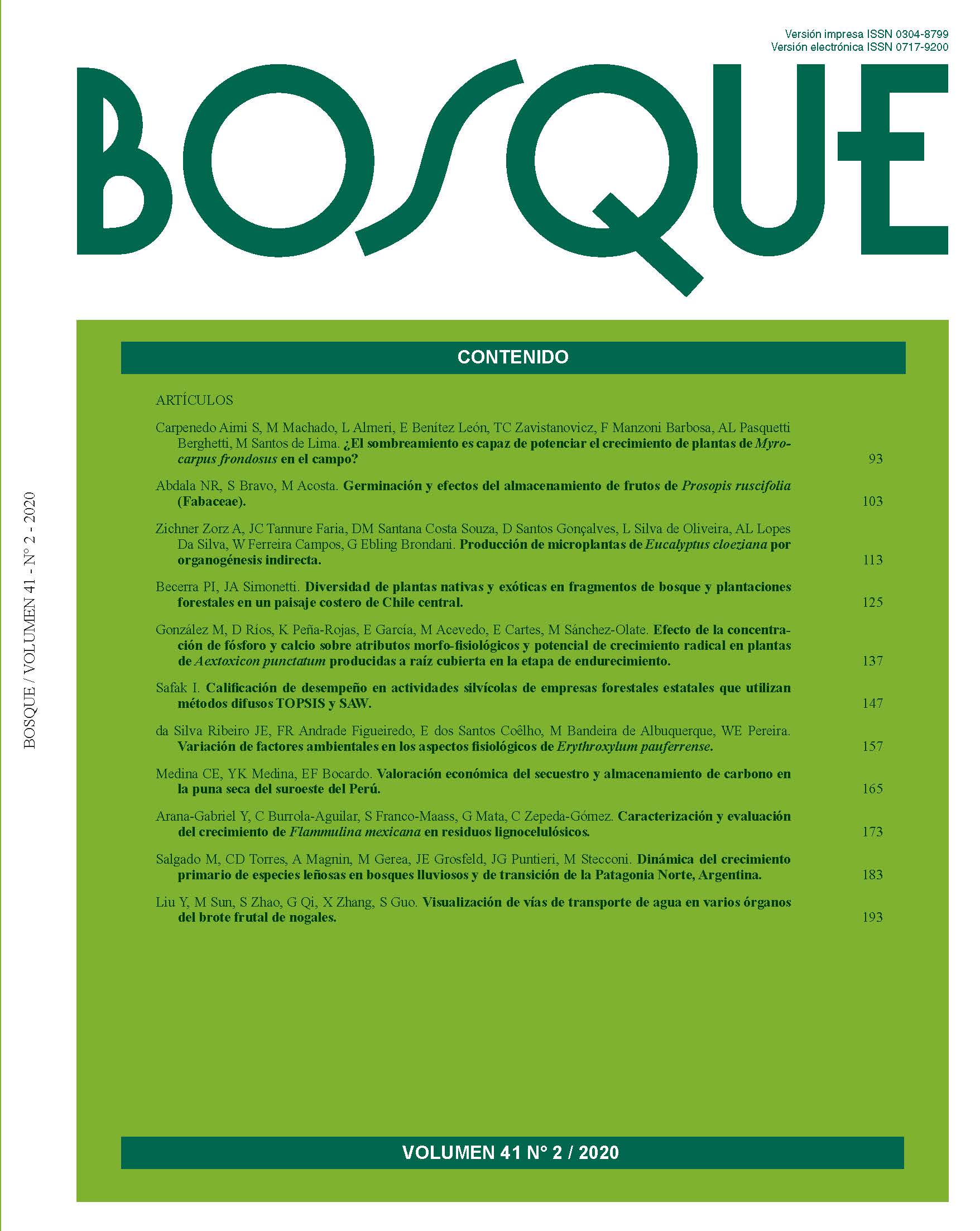Characterization and evaluation of Flammulina mexicana growth in lignocellulosic residues
Main Article Content
Abstract
Flammulina mexicana is a fungus species endemic to high mountains and has potential for commercial cultivation. Four strains were isolated from wild fruit bodies and its growth was evaluated in two culture media. There were no morphological differences among these strains; however, the choice of culture media did produce differences. Growth rate was superior in strains IE 974 and IE 986 at 0.65 cm day-1. These strains also presented the highest biomass production at 6.9 and 7.7 g L-1, respectively; with a period of 35 days in production with solid spawn and 20 days with liquid spawn. All the four strains have the ability to fructify in agricultural and forestry wastes. Strains IE 986 and IE 974 presented better biological efficiency at 34.5 % and 31.9 %, respectively, with maize stubble as a substrate. A nutritional analysis of the fructifications obtained showed a high percentage of fiber (52.51 %) and low carbohydrate content (9.03 %). For this reason, culture of these species represents an alternative for their ex situ conservation and use.

